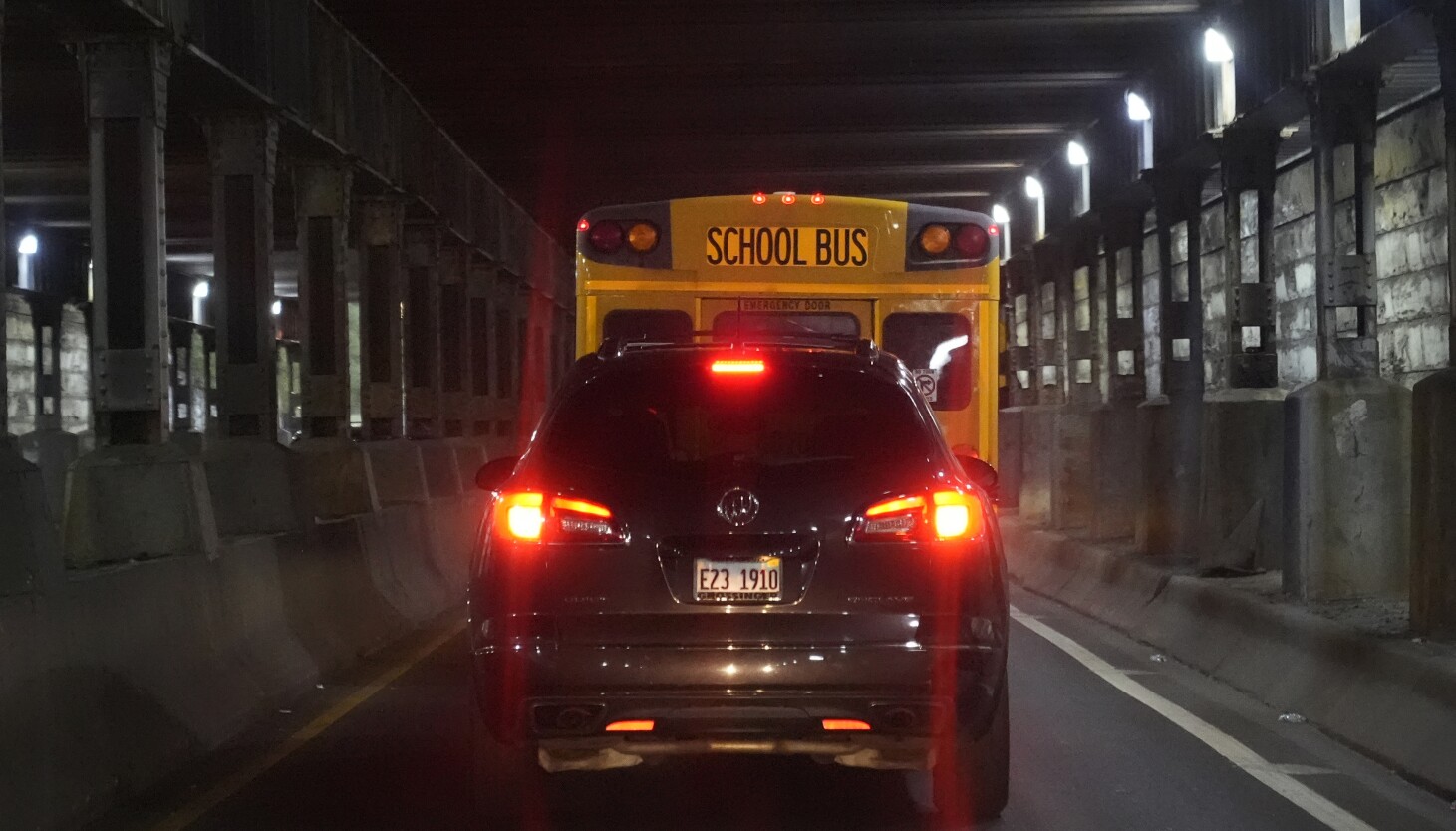
## The Rise of Ride-Sharing for School Children: Addressing the Bus Driver Shortage
The dwindling number of school buses in many districts across the US is forcing parents to find creative solutions for getting their children to school. The decline in bus service, attributed to driver shortages and increased enrollment in schools outside students’ neighborhoods, has created a significant transportation gap, particularly impacting families without access to private vehicles or reliable public transport. This shortfall has spurred innovation, with ride-sharing services emerging as a potential solution.
One example is PiggyBack Network, founded by Ismael El-Amin. Inspired by an observation of fellow parents carpooling their children to a selective-enrollment school, El-Amin created a platform connecting parents for shared rides. The service charges approximately 80 cents per mile, with drivers compensated through credits for their own children’s rides. PiggyBack has facilitated several hundred rides in Chicago since its launch and is exploring expansion into other states. Fifteen-year-old Takia Phillips, a user of the service, emphasizes its impact: “It’s an opportunity for kids to not be late to school.”
This need is not unique to Chicago. Across the country, the percentage of students using school buses has dropped from about 36% in 2017 to approximately 28% in early 2024, according to a Federal Highway Administration survey. Chicago Public Schools (CPS), the nation’s fourth-largest district, has drastically reduced bus service in recent years, providing transportation only for students with disabilities and those experiencing homelessness, leaving the vast majority of families responsible for their children’s commutes. A pilot program offering bus service at “hub stops” for some magnet school students aims to alleviate the problem, but it’s a far cry from the comprehensive service previously provided. Erin Rose Schubert of CPS Parents for Buses highlights the unequal impact: “The people who had the money and the privilege were able to figure out other situations… People who didn’t, some had to pull their kids out of school.”
Other companies are addressing this growing need. HopSkipDrive, for instance, contracts directly with school districts to provide transportation solutions. Operating in 13 states and supporting over 600 districts, HopSkipDrive showcases the scale of the issue and the potential for large-scale solutions. However, regulatory hurdles prevent its operation in some states, as exemplified by the efforts of “The Real Young Prodigys,” a group of Louisville students who created a viral music video highlighting their struggle for reliable school transportation. HopSkipDrive CEO Joanna McFarland underscores the enduring nature of the problem: “Those bus driver shortages are not really going away. This is a structural change in the industry we need to get serious about addressing.”
Safety is paramount for these ride-sharing services. Companies emphasize rigorous driver screening, including fingerprint checks and requirements for childcare or parenting experience. Apps often incorporate features like password matching and real-time location tracking to provide parents with peace of mind. Sabrina Beck, a retired police officer, chose to use PiggyBack to drive a student to Whitney Young High School, driven by a concern for safety and a desire to help a student overcome a transportation barrier: “To have the opportunity to go and then to miss it because you don’t have the transportation, that is so detrimental. Options like this are extremely important.”
The rise of ride-sharing services for school children highlights the significant impact of declining school bus service and the growing need for innovative solutions to ensure equitable access to education. While these services offer potential relief, the underlying issues of driver shortages and funding for public transportation remain pressing concerns that require broader systemic solutions.

